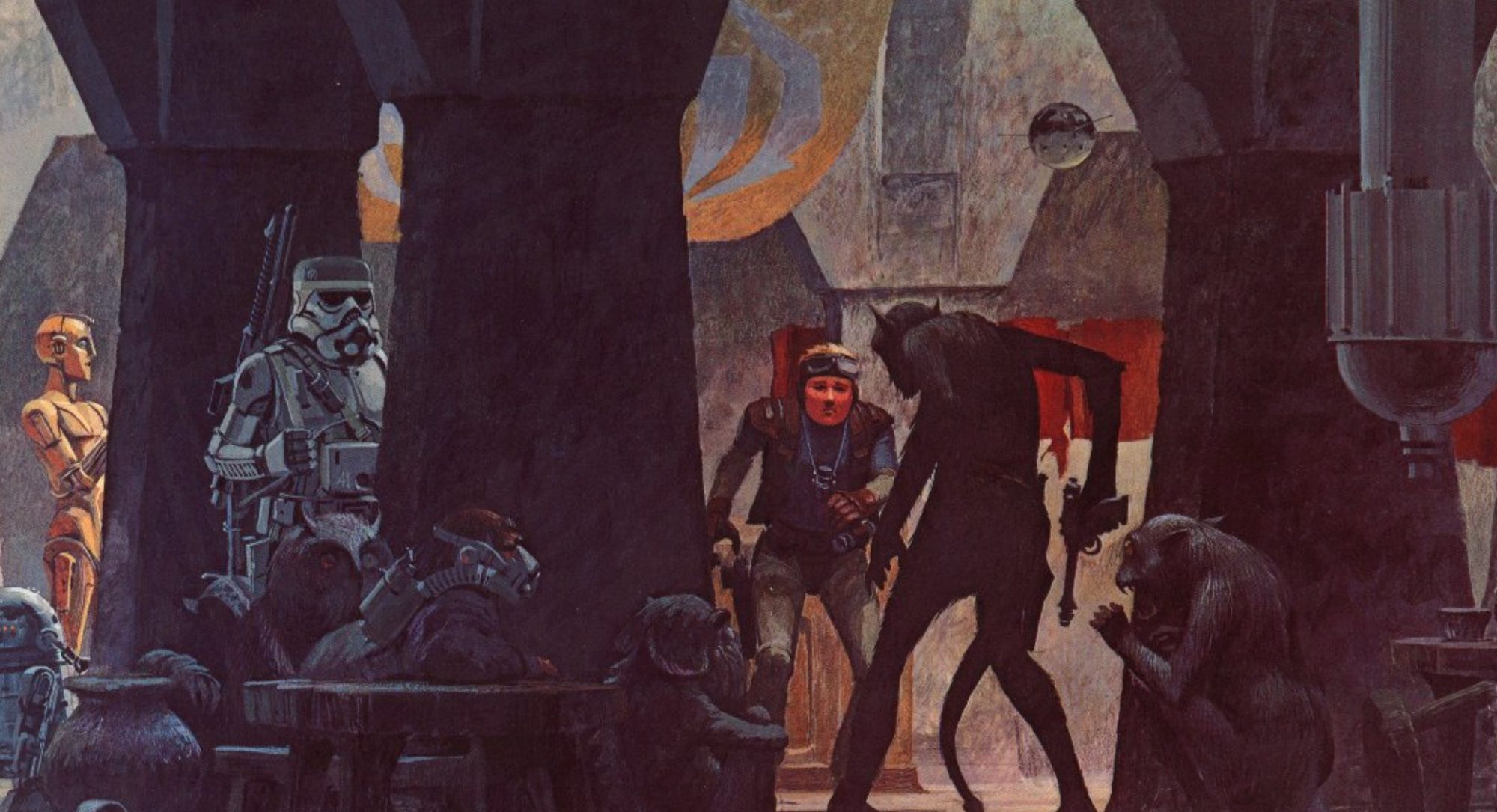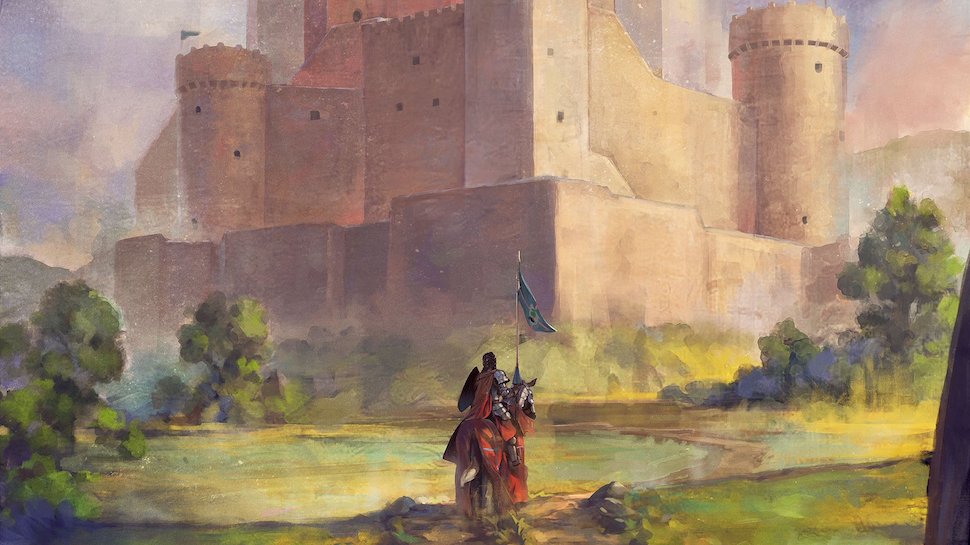 Welcome to this week’s Friday Music entry — your weekly internet mixtape of stuff that’s been drifting through my head.
Welcome to this week’s Friday Music entry — your weekly internet mixtape of stuff that’s been drifting through my head.
The image at the left there is the debut album cover from Jain, whose album, Zanaka, was released in late 2015. This is exactly the sort of third-culture-kid, global-citizen world-music stuff I really, really dig. Jain (real name Jeanne Galice) is a French artist of Malagasy descent, who was born in Toulouse, and grew up, as the family travelled for her father’s work, in Dubai, the Congo, and Abu Dhabi, before she graduated and moved to Paris to attend art school. Her album is a mix of all of those influences, and this track (recently used in a Levi’s jeans commercial) was written as a tribute to South African singer and activist Miriam Makeba. Get ready to do a little office-chair dancing: Jain – “Makeba.”
Apparently, I completely missed that Kasabian released a new album in 2017. I’m slipping. The album, “For Crying Out Loud,” is just as good as their previous stuff — NME’s review of this album called it “chockablock with massive tunes that make an instant impact […] the sound of joy, canned and compressed for your aural pleasure,” and I’m finding it hard to dispute. Kasabian – “Comeback Kid.”
I’ve been using Spotify’s curated “Your Discovery Weekly” to introduce me to new stuff, and this week, it dropped a couple of bands in my lap who reminded me, in all the best ways, of the neo-psychedelia pop-rock of Kula Shaker.
First up is IRONTOM, a five-piece from California. The hook on this one had me immediately, and I found myself singing the chorus under my breath for the rest of the day. This track is from their debut full-length album, Partners, which I’m *definitely* going to be picking up. IRONTOM – “Be Bold Like Elijah.”
The second is Demob Happy, an indie band from Newcastle, by way of Brighton. The grinding guitar hook, the vaguely late-period Lennon/McCartney harmonies..the song even starts with the word “psychedelic,” fer chrissakes. I really like it. Demob Happy – “Be Your Man.”
Another Spotify discovery, with a killer hook and a retro-influenced sound, although this time the vibe is more early-to-mid-70s glam, by way of 21st-century Indie. The Pack A.D. (the suffix taken to differentiate them from the hip-hop group, The Pack) are a Canadian duo, whose influences are garage rock, blues, alternative, and psychedelic rock. They’ve cited horror and sci-fi literature and films as a major inspiration for their songwriting. I haven’t heard a duo with as “big” a sound as this since the White Stripes. The Pack A.D. – “Dollhouse.”
I’m a big fan of The National, an indie band whose sound has moved from a sort of roots-alt-country pop when they debuted in 2001, into impeccably-produced post-punk revival in more recent releases. This is a single from their most recent album, Sleep Well Beast, and I’ll be damned if it’s not the most perfect 1988 post-punk song ever released in 2017. Those chiming guitars… The National – “Day I Die.”
We’ll close out this week with a genuine throwback, instead of just a revival. The 1978 extended club mix released from the soundtrack to “Midnight Express”, which was all over the radio (in a much-abbreviated single version). Giorgio Moroder had been asked by the film’s director specifically for a track similar to his 1977 track with Donna Summer, “I Feel Love.” — that track and this were my introductions to sequencers and synthesizers, and, for me, this is still the sound of The Future. Giorgio Moroder – “The Chase (US 12″ Promo).”
That’s it for this week, kids. Enjoy, and I’ll see you back here next week.





